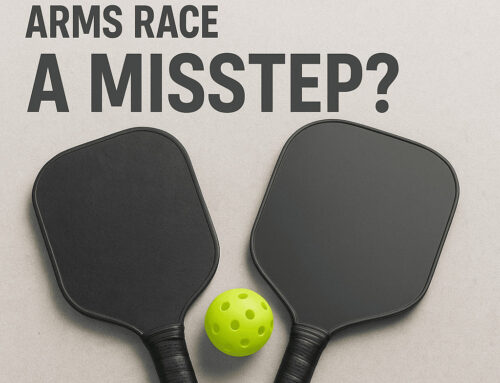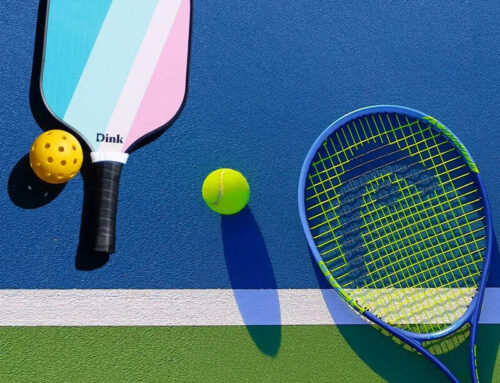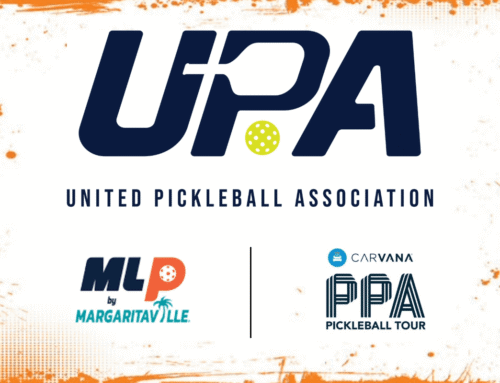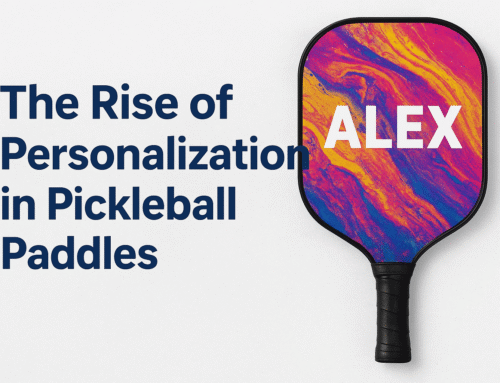Pickleball has rapidly become the fastest-growing sport in North America, and its professional development is advancing at an equally swift pace. The emergence of professional leagues such as the PPA (Professional Pickleball Association) and MLP (Major League Pickleball) has marked a significant step toward commercialization. However, as the operational models of these leagues come under scrutiny, questions arise: is professional pickleball a thriving sport or an unsustainable venture?
This article explores the current state of professional pickleball, its core challenges, and potential solutions to ensure its sustainable growth.
The Rapid Growth of Professional Pickleball: Surface-Level Prosperity
Pickleball saw explosive growth during the pandemic. Currently, over 50 million people in the U.S. play the sport, with the majority being recreational players. On this foundation, professional pickleball has emerged with some promising business models:
1. Celebrity Investment and Capital Support
Capital investment has played a pivotal role in professional pickleball’s rise. Celebrity involvement, in particular, has been a game-changer, with many sports icons and investment firms recognizing its market potential. High-profile figures like LeBron James and Tom Brady have invested in leagues such as MLP and PPA, significantly boosting public interest and attracting corporate sponsors. This alignment with popular culture reflects modern sports commercialization trends, where celebrity influence drives audience engagement and sponsorship. However, such reliance on celebrity investments is inherently unstable—if their interest wanes or capital withdraws, the sport’s growth trajectory could face significant setbacks.
2. League Expansion and Event Innovation
Professional pickleball leagues have expanded at an unprecedented pace, evolving from regional tournaments to national and even international competitions. This strategy has created a “pickleball craze” in the short term. Additionally, MLP’s innovative team-based format and rally-scoring system have injected novelty into professional matches, while PPA focuses on a more traditional ranking system, signing top players. Although this rivalry has elevated pickleball’s visibility, such rapid expansion risks diluting the league’s core value. If innovation is the sole draw for audiences, without strengthening the sport’s competitiveness and entertainment value, professional pickleball’s long-term appeal may falter.
Core Challenges in Professional Pickleball: Fragile Business Models
Despite its impressive growth, professional pickleball faces significant structural vulnerabilities in its business model, notably:
1. Low Viewership: Weak Audience Base
Television broadcast rights and advertising revenue are key income sources for professional sports leagues. Yet, professional pickleball struggles with a weak viewer base. Most players prefer playing the sport themselves rather than watching matches. Furthermore, pickleball lacks the “wow factor” of other sports. For example, the high-speed serves and smashing volleys of tennis, the dynamic dunks of basketball, and the home runs of baseball all offer strong visual appeal. In contrast, professional pickleball’s frequent dinking rallies appear slower-paced and less thrilling.
Compared to traditional sports like soccer or basketball, pickleball lacks a broad fan base, with persistently low viewership. Although celebrity involvement and capital injections have temporarily boosted visibility, audience loyalty and the sport’s long-term allure remain insufficient. This highlights pickleball’s failure to establish a unique cultural identity or a clear position in the sports market. Low viewership not only hinders commercial value but also affects sponsorship opportunities and capital retention, jeopardizing the league’s business ecosystem.
2. Unsustainable Player Contracts and Salary Structures
Player salary structures have become a contentious issue in professional pickleball. Both PPA and MLP have offered lucrative contracts to attract top players, but these depend heavily on securing broadcast deals. Without substantial media revenue, these contracts may face significant cuts within a few years. Reports suggest that UPA is seeking over $10 million in short-term funding to sustain operations, hinting at financial instability.
Furthermore, the growing income disparity among players poses another challenge. Many mid- to lower-tier players struggle to make a living, hindering their career development and threatening league stability. With many player contracts now entering their second year, a lack of major broadcast deals in the next two years could result in significant income reductions and even a potential exodus of top players.
3. High League Operating Costs
MLP’s team-based concept was initially praised for its innovation but has proven costly to maintain. Despite team names referencing cities, few have home venues or local fan bases. Players are redistributed annually through drafts, weakening long-term fan loyalty.
Rapid league expansion has driven up operating costs, including venue rentals, event broadcasting, and marketing expenses. These expenses currently rely heavily on sponsorship and ticket sales, both of which are constrained by a limited audience base. As the pace of expansion slows and market competition intensifies, the league’s profitability will face mounting pressure.
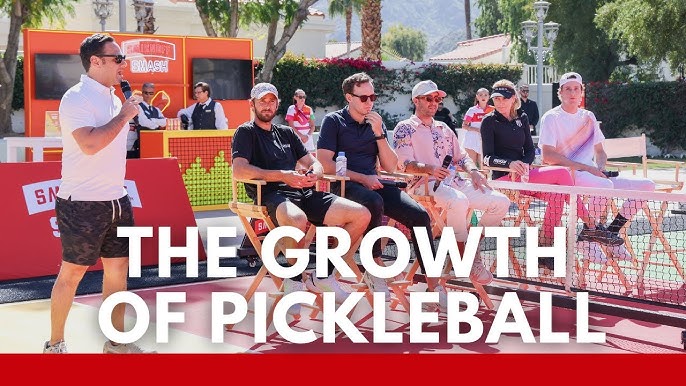
The Path Forward: Strategies for a Sustainable Future
For professional pickleball to achieve sustainable growth, several areas need adjustment and optimization:
1. Enhancing Match Spectacle and Viewer Engagement
Boosting match entertainment value is key to attracting audiences and improving viewership. This can be achieved through:
- Increasing Shot Speed: Encourage faster drives and smashes to enhance the sport’s visual appeal.
- Shortening Rally Duration: Limit dinking rallies to promote more aggressive play.
- Introducing New Formats: Consider mixed doubles relays or rapid-elimination tournaments to offer fresh viewing experiences.
Advanced technologies could also elevate the spectator experience. Virtual reality (VR) and real-time data analysis can provide immersive viewing. Additionally, storytelling around players’ personal journeys and creating “hero narratives” can foster emotional connections with fans.
2. Reforming Player Salary Structures
A fair and sustainable salary system is crucial for league stability. Implementing salary caps could prevent top-player salaries from placing undue financial strain on operations. Incentives such as performance-based bonuses and revenue-sharing mechanisms can link player earnings to match outcomes and fan engagement, fostering competitiveness. Transparency in financial operations could also help build community trust.
3. Building a Strong Brand and Cultural Identity
- Establishing a unique brand and cultural identity is vital for long-term competitiveness in the global sports market. Leagues should promote pickleball culture through social media, community events, and educational programs to position the sport as widely appealing. Borrowing from basketball and soccer, developing regional club cultures can deepen fan loyalty.
Examples include:
- Sharing player stories via social media to create “star players.”
- Hosting localized events to strengthen ties between teams and their cities, drawing more local fans.
Conclusion: Can Professional Pickleball Overcome Its Challenges?
Professional pickleball stands at a pivotal crossroads, presenting both opportunities and challenges. To navigate the crises beneath its current boom, stakeholders must work together to refine business models, grow the fan base, and build a stable, sustainable ecosystem. Achieving these goals could position professional pickleball as a significant player in the global sports arena of the 21st century. Otherwise, its rapid rise may prove to be just a fleeting moment of glory.
The End about Mayvoci
1)Design:Over 100 paddle designs and photography service to assist start-up.
2)Professional:Focus on various of paddles manufacturing for 6 years
3)Quality:Strict quality management system to provide safety and satisfaction for customers
4)Amazon:Flexible comprehensive solution to make sure each Amazon seller is well cared.
5)Excellent Team:Experienced paddle experts & dynamic sales team give you 5-star service

